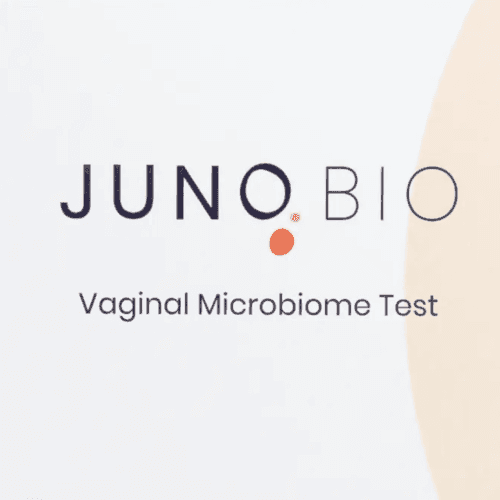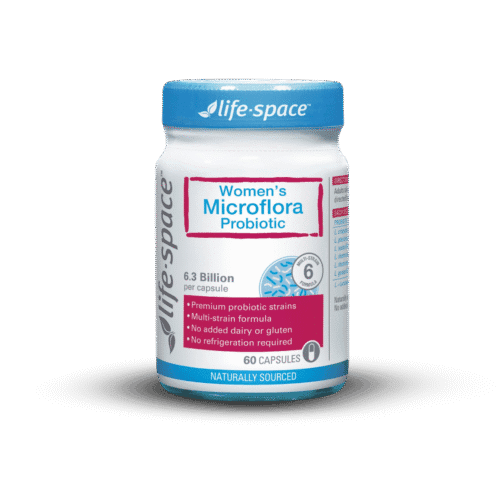Lactobacillus species have been shown to attack and dissolve the Gardnerella vaginalis biofilm. Saunders et al (2007) showed that the bacterial biofilm created after 72 hours by G. vaginalis could be displaced by lactobacilli.
Antibiotics didn’t work, elevated vaginal pH didn’t work, and hydrogen peroxide didn’t work on the biofilm.
When challenged with lactobacilli strains, Lactobacillus reuteri RC-14 had the greatest effect in displacing Gardnerella biofilms.
The pH stayed between 4.7 and 5.1 for all the experiments, so that was excluded as a factor.
L. reuteri RC-14 is a low hydrogen peroxide-producing strain, with L. crispatus 33820 being a high hydrogen peroxide-producing strain, and L. rhamnosus GR1 not producing any. H2O2 was therefore also excluded as the cause.
The structure and viability of the G. vaginalis biofilm was shown, with the dense Gardnerella biofilm pods being lost.
L. iners, in some of its first experiments for BV, was found to disrupt the G. vaginalis biofilm surface area, density and depth, but not as much as L. reuteri RC-14.

Get a fresh perspective with a qualified, experienced vulvovaginal specialist naturopath.
This product has multiple variants. The options may be chosen on the product page
The most comprehensive vaginal microbiome test you can take at home, brought to you by world-leading vaginal microbiome scientists at Juno Bio.

Promote and support a protective vaginal microbiome with tailored probiotic species.






